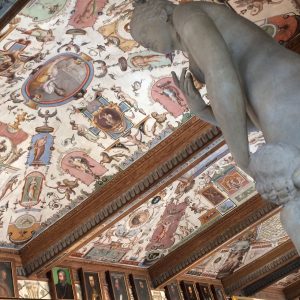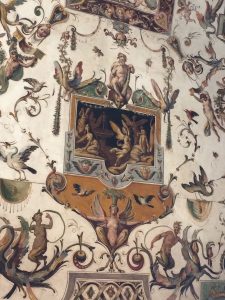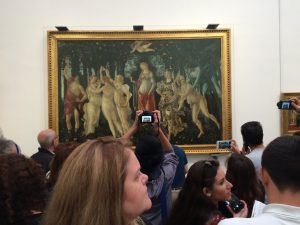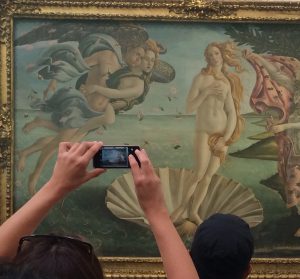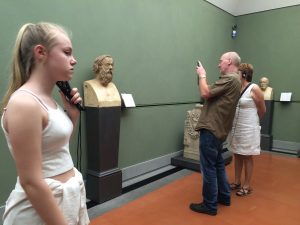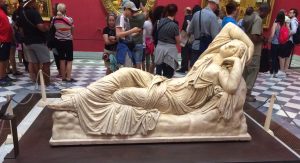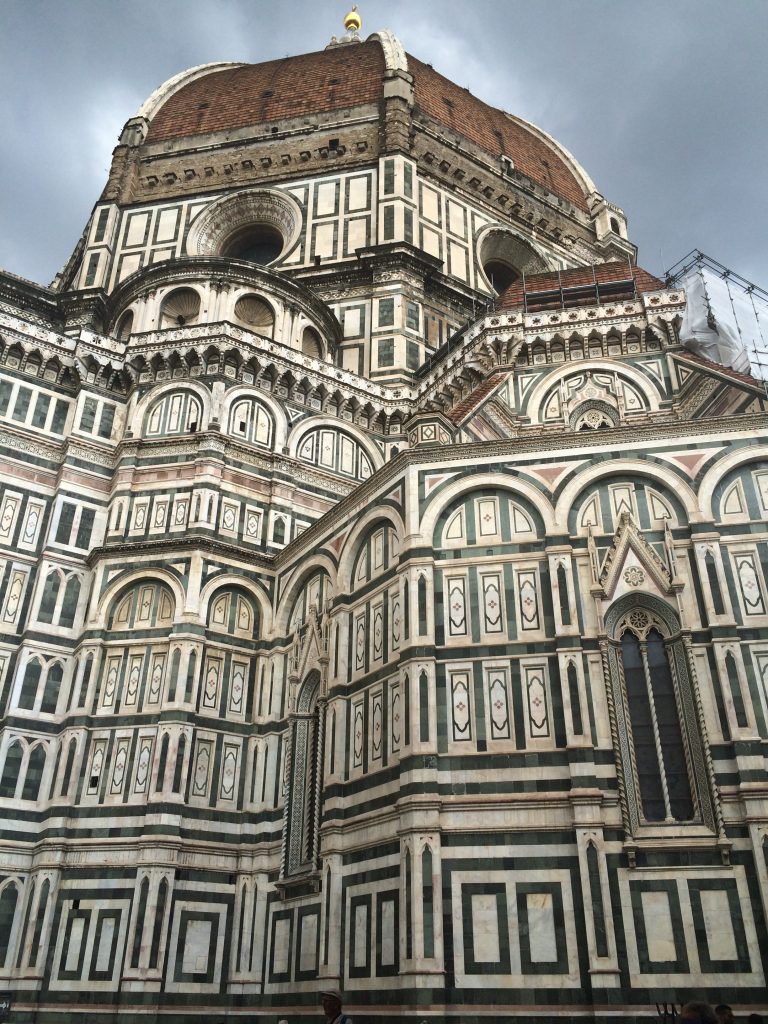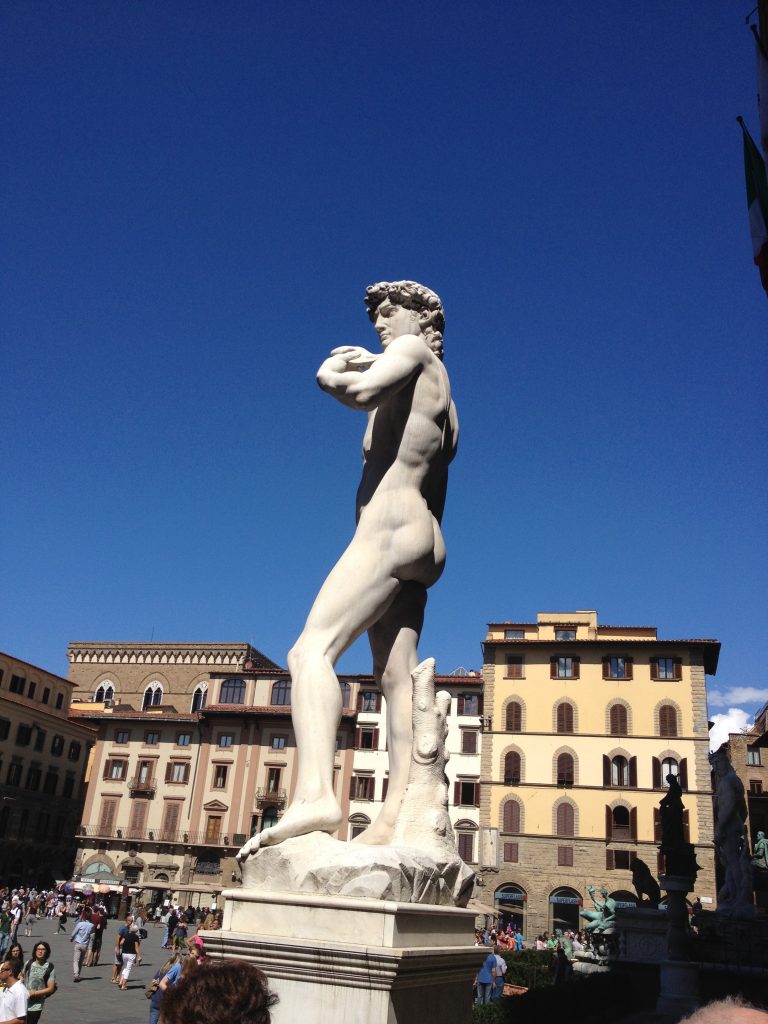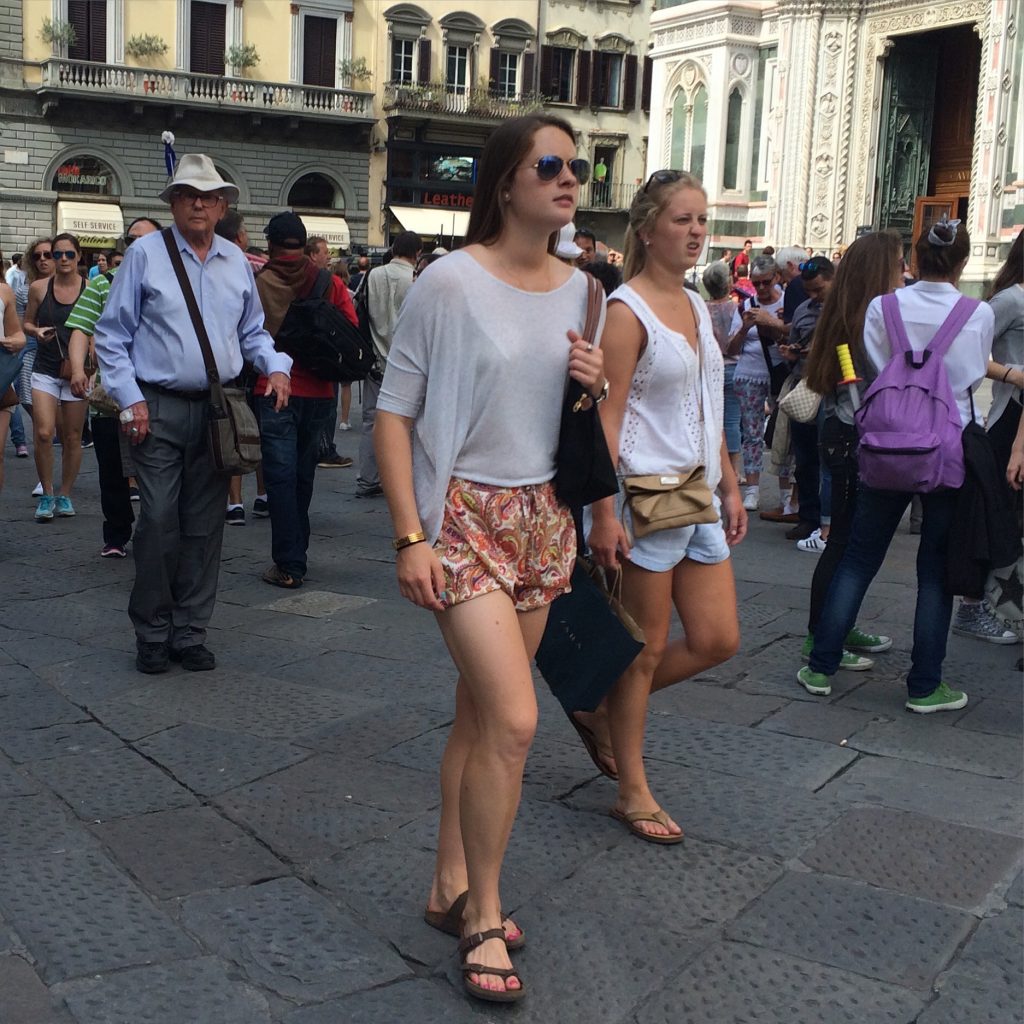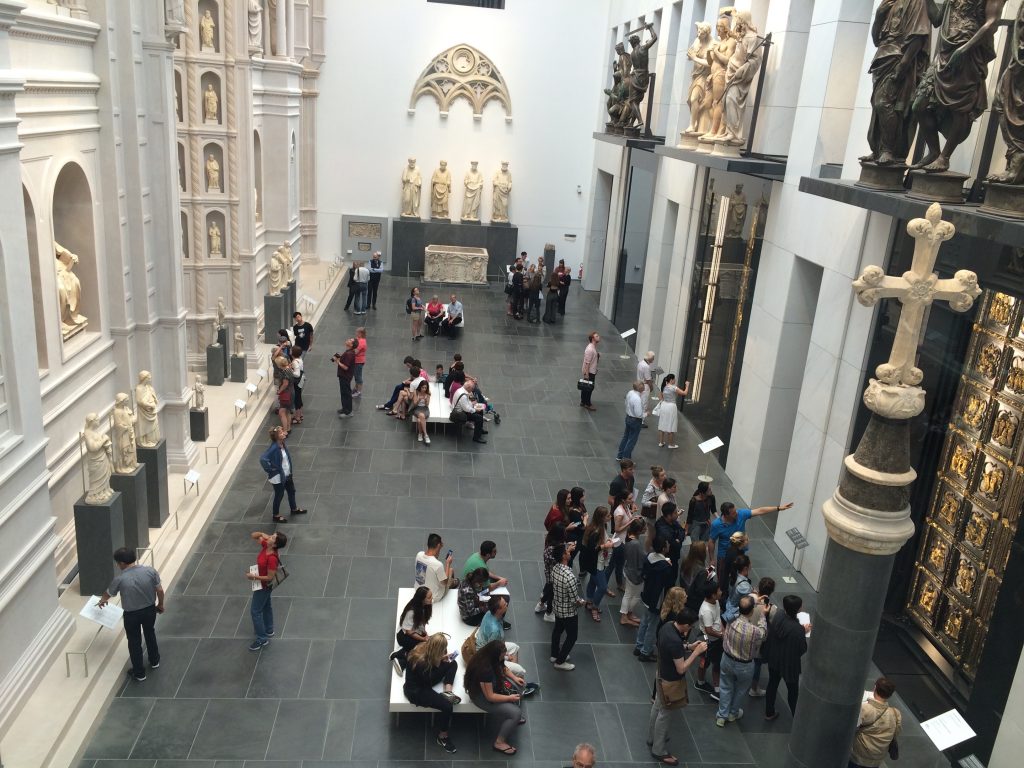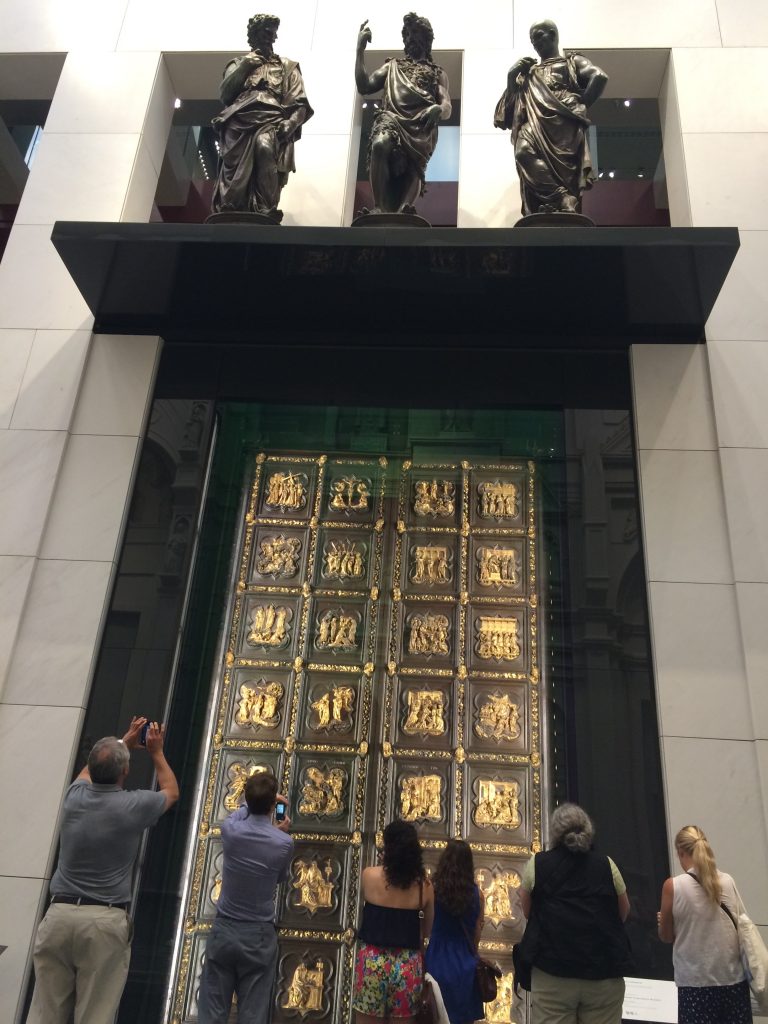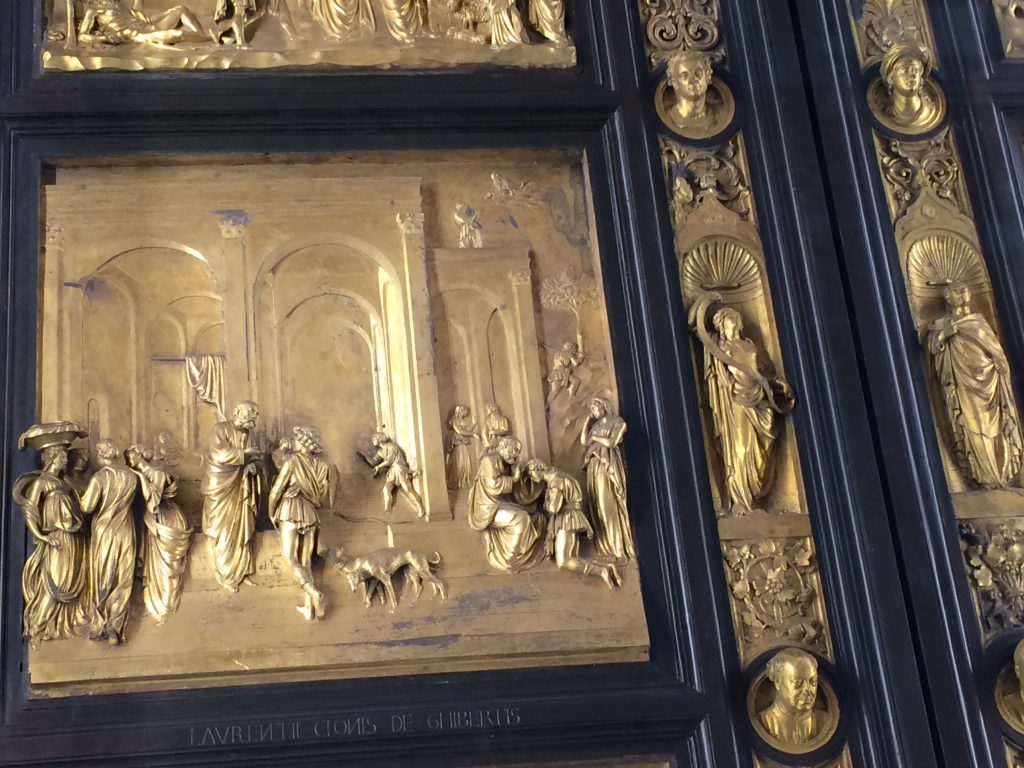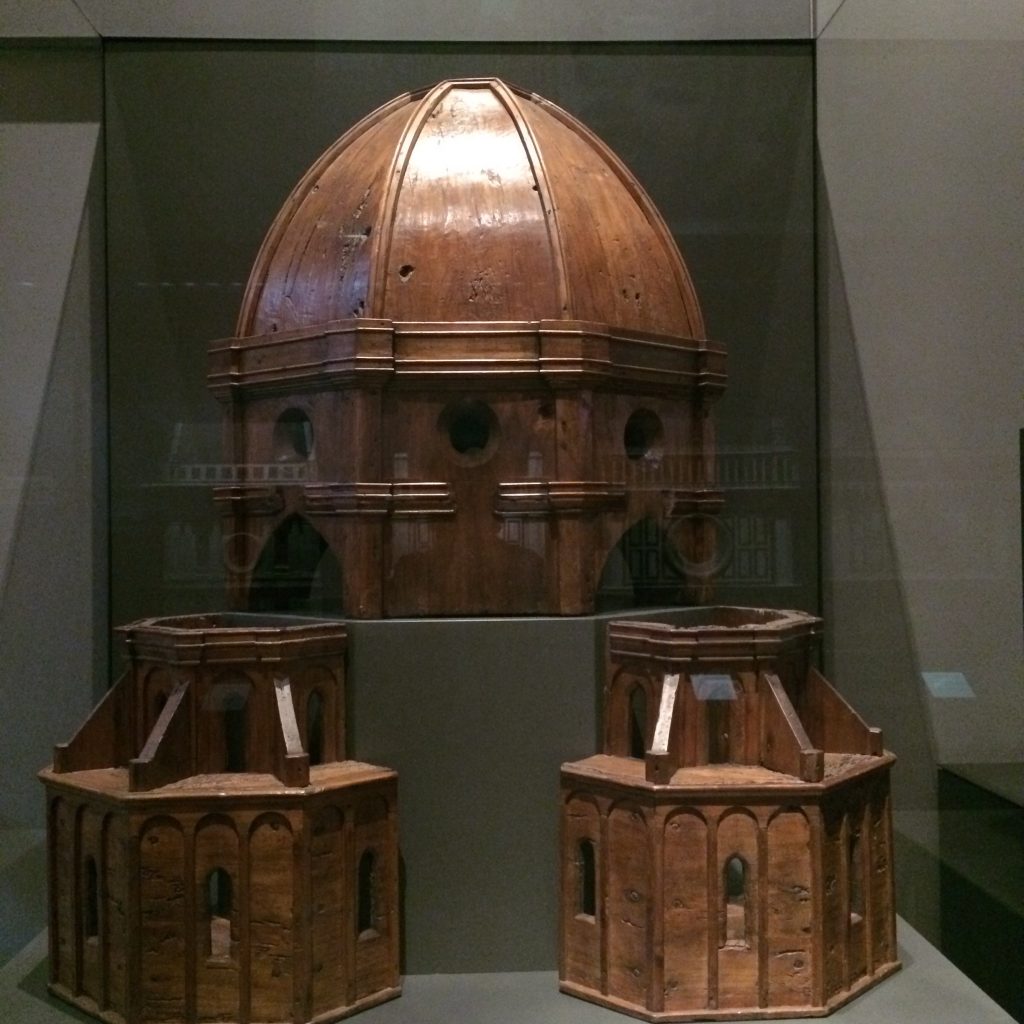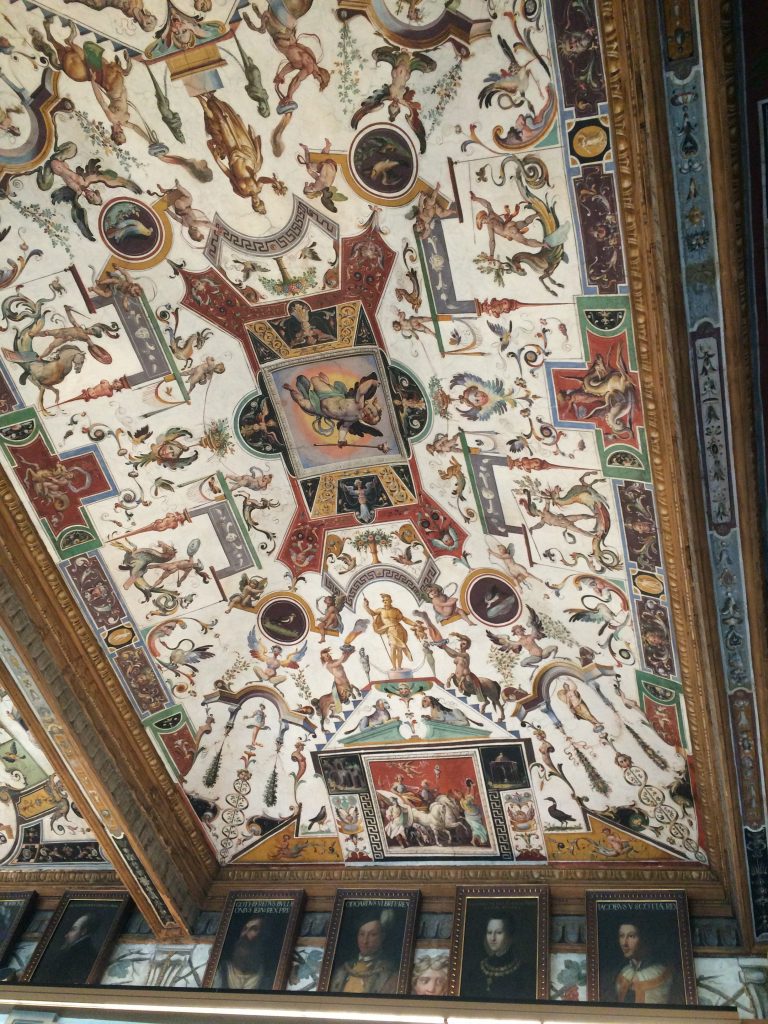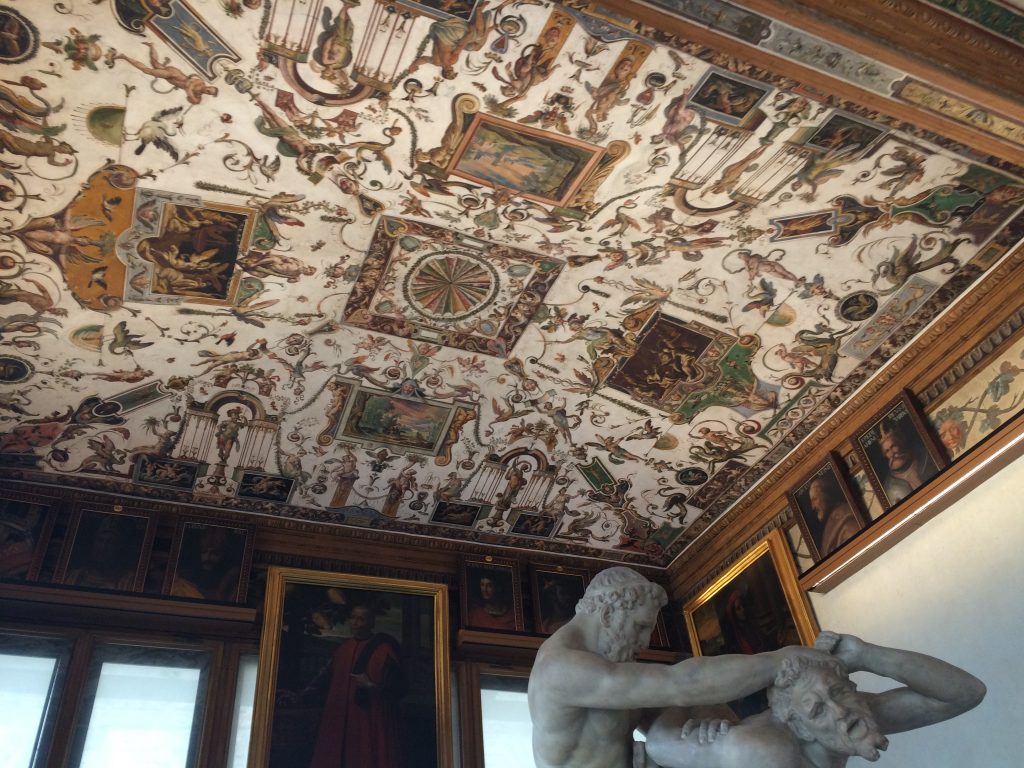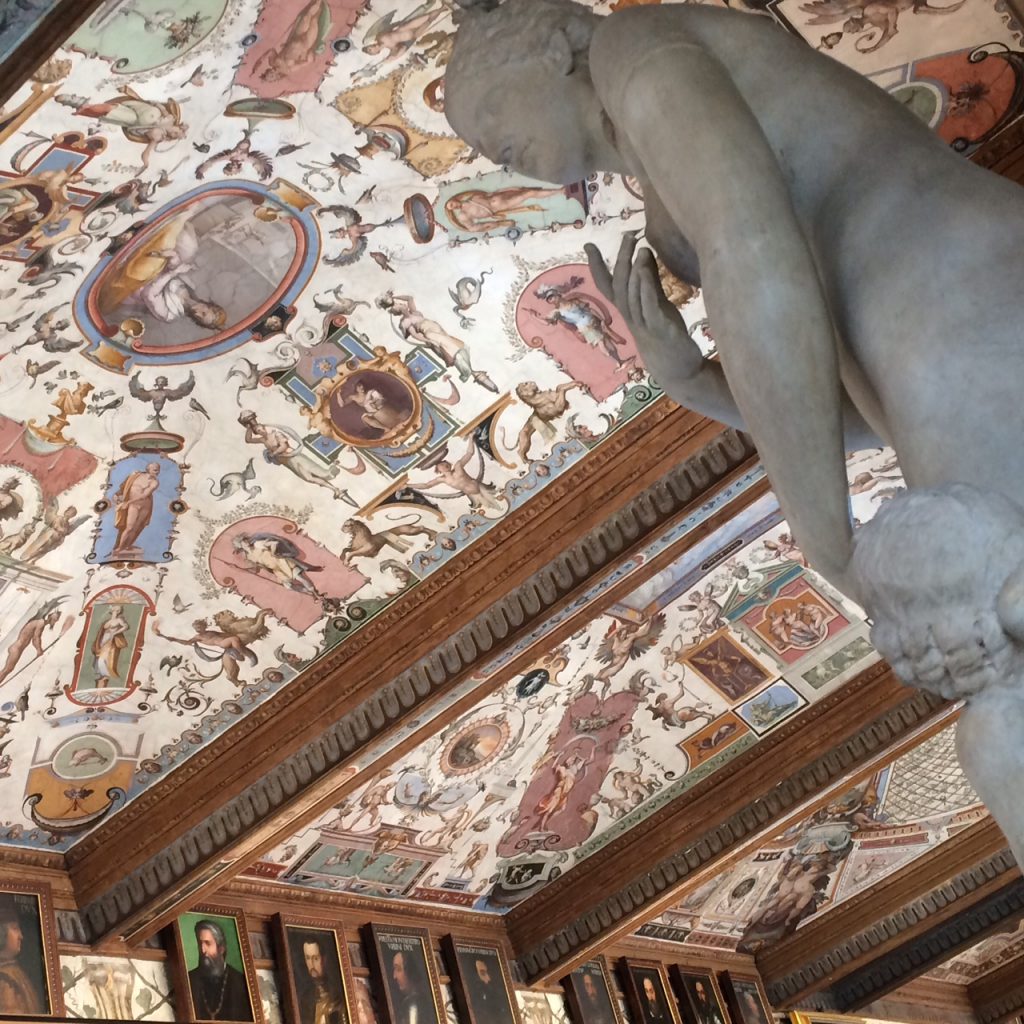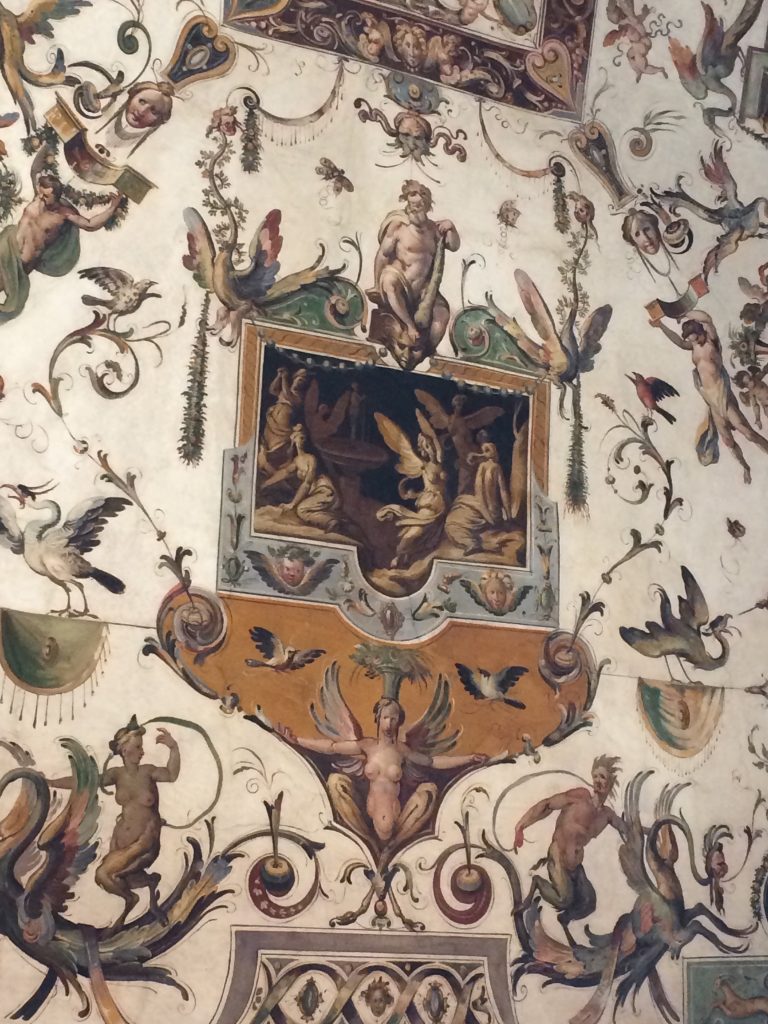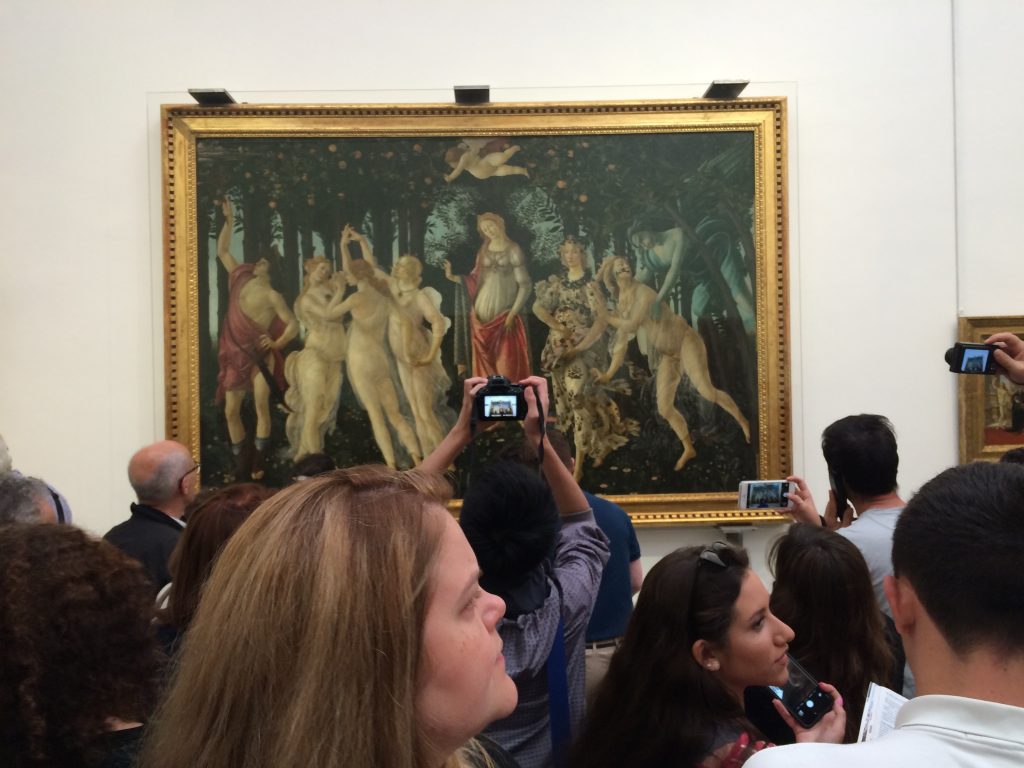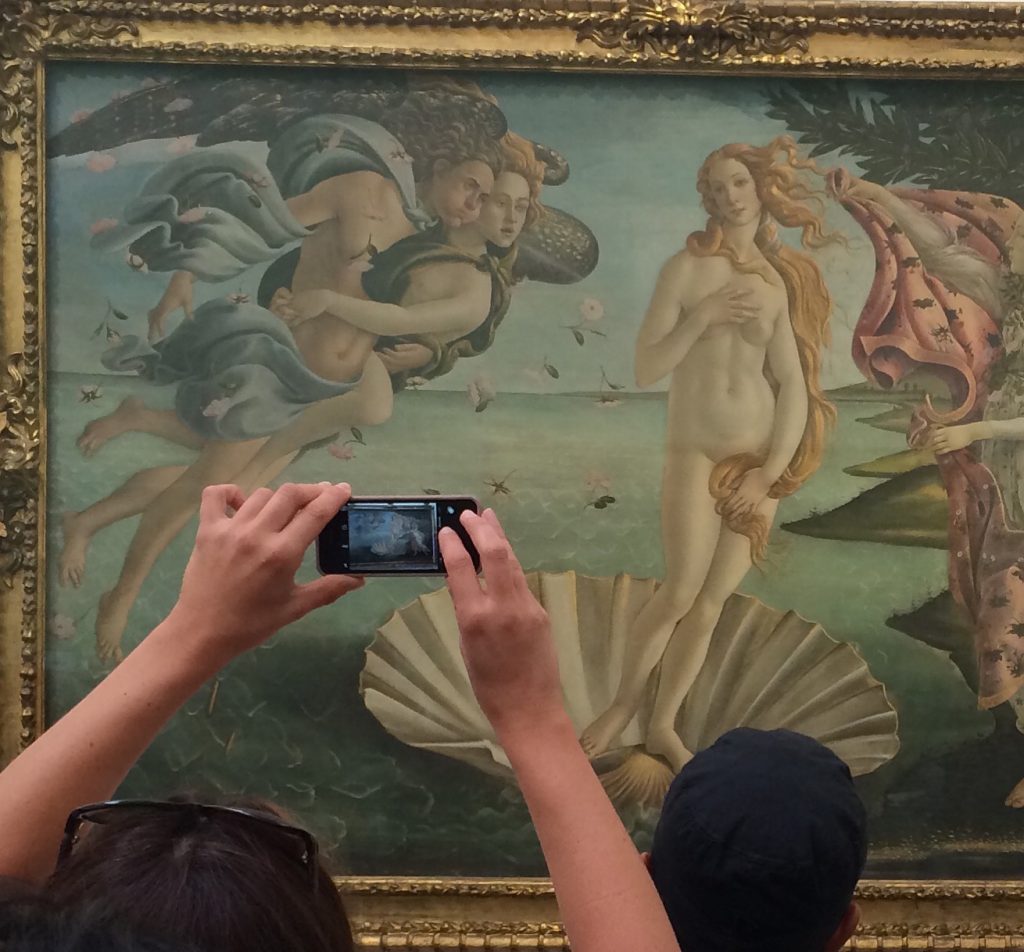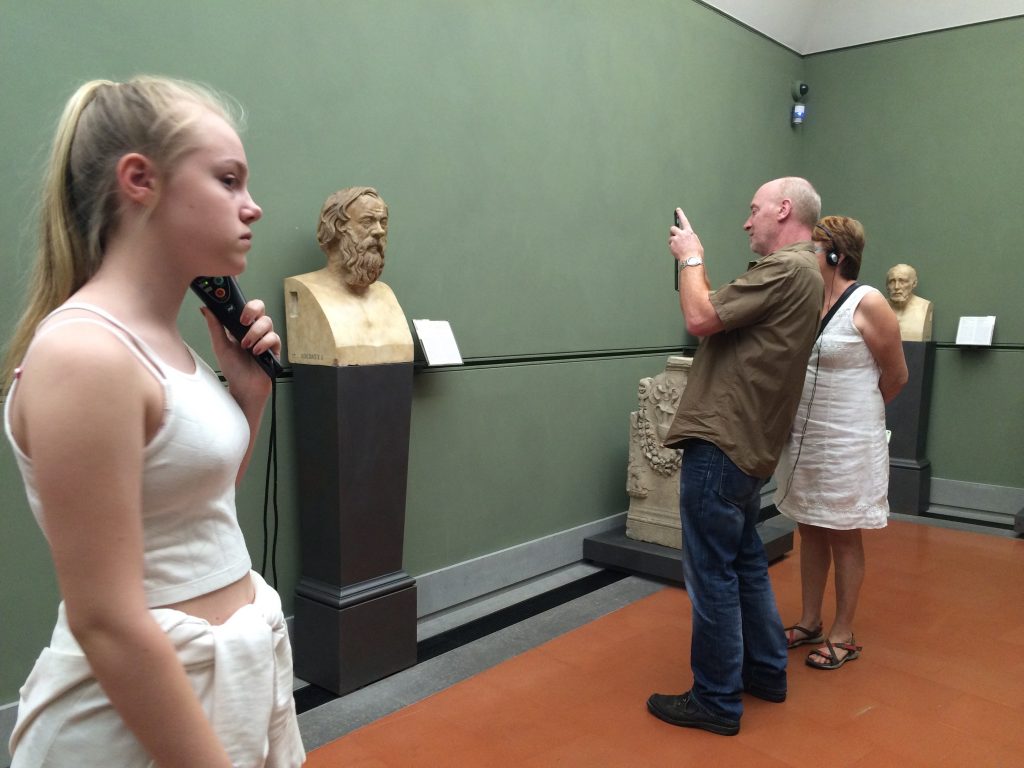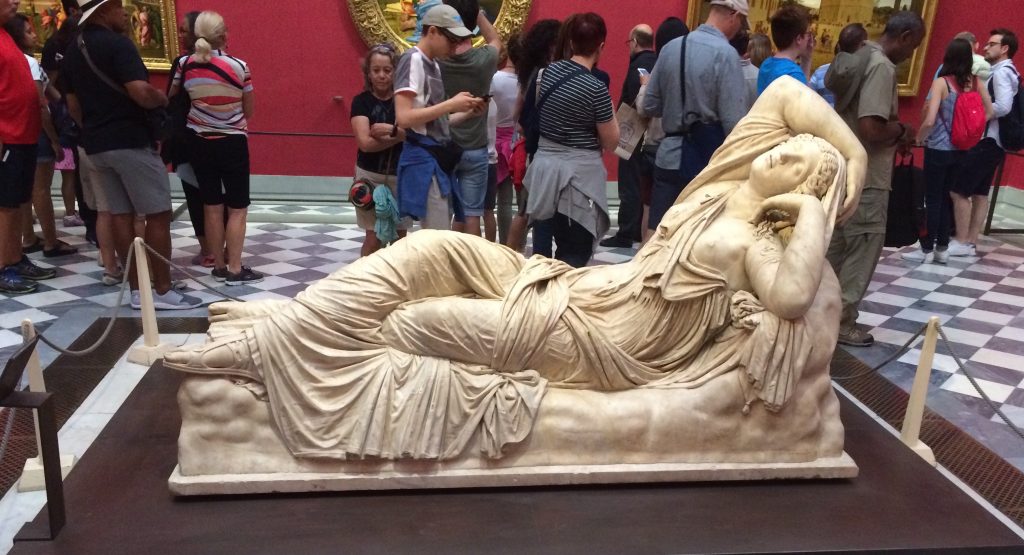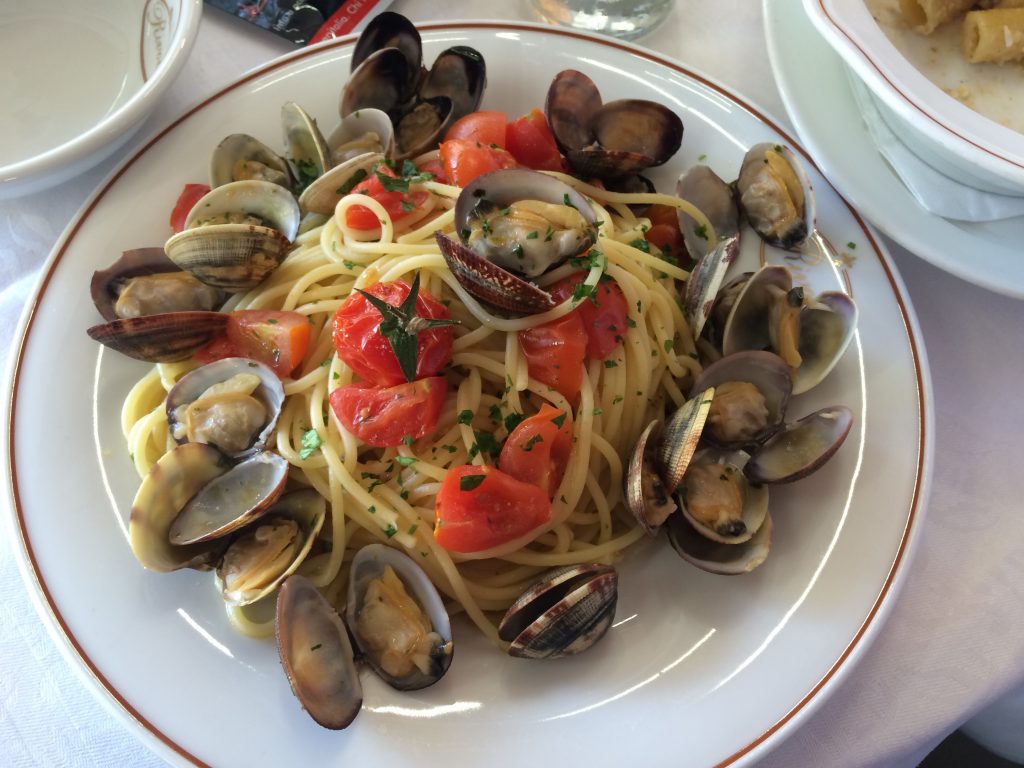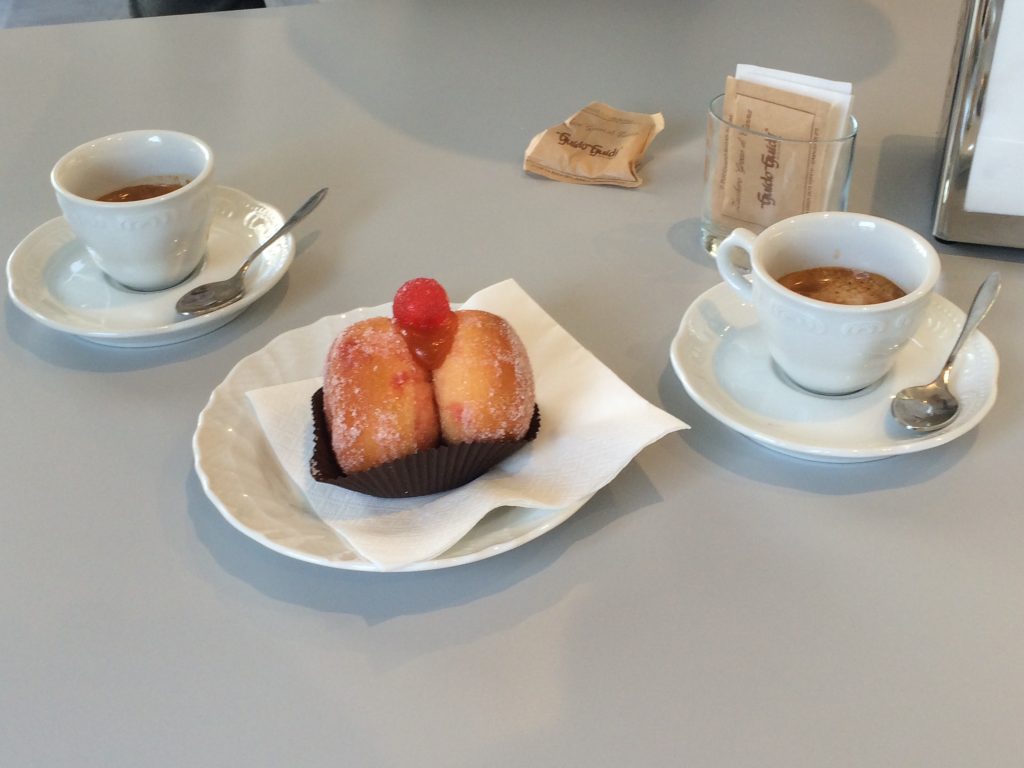Florence's magnificent Duomo
This is the eighth installment of photographer and activist Mary Margaret Hansen‘s travel diary, written as she and fellow artist Earl Staley enjoyed an Italian sojourn. Read some of the previous dispatches here, here, and here. (And be sure to scroll through the slideshow above to see some wonderful photographs.)
Florence is overrun with tourists and tour groups. They surge about the Duomo like ants, engage with selfie sticks in the Piazza della Signoria under the copy of Michelangelo’s larger-than-life David, and become a human chain across the Arno on the Ponte Vecchio. We are surrounded with crowds of sightseers in this city of the Renaissance, and I began to photograph them. They became integral to our Florentine experience.
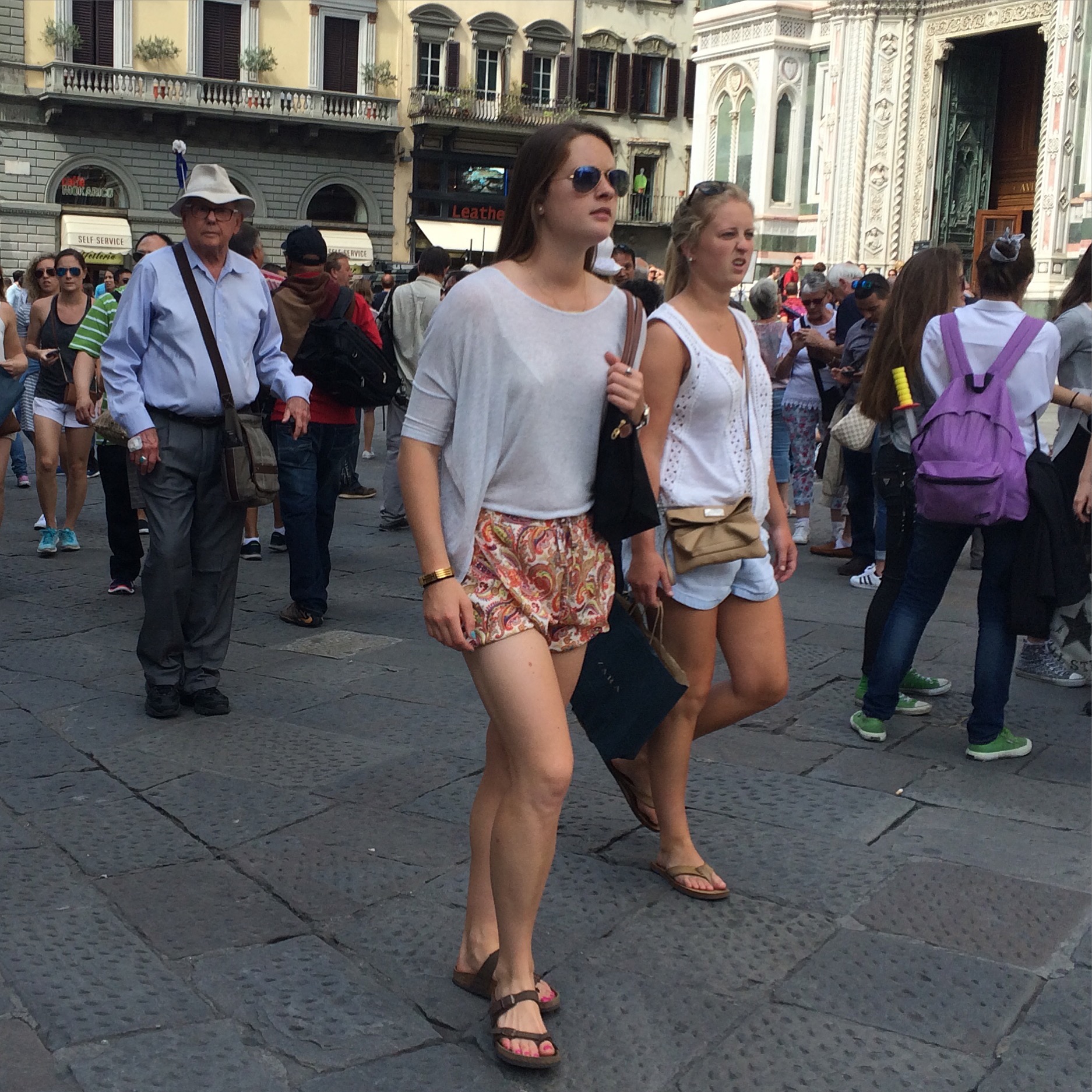
Let me say that tourists are plentiful in Rome, too, yet seem diminutive in the overall feeling of the place. Rome absorbs tourists, contains them, even as they crowd the Coliseum, the Vatican and the Pantheon. Tourists in Rome are not part of the narrative, as they became for me in Florence.
The Florentine Duomo is magnificent, and completely dwarfs not only its setting in the Piazza del Duomo, but the thousands of tourists that populate the area. One approaches the Duomo’s magnificence as one approaches Rome’s Pantheon — through narrow cobblestoned side streets. There is no grand concourse, no long view.
We head toward the reopened Duomo Museum, first established in the 19th century and now in its newest incarnation. I quote from the museum’s catalogue:
“The message (of this museum) … is that … the sacred expresses the aspirations of the secular community, and beauty the dignity of humankind. It was the convergence of the divine and the human … that inspired the Renaissance of the arts.”
I venture to say that this sentiment is not exclusive to the Duomo Museum; rather, it extends to the entire city of Florence, and some tourists may, unbeknownst to themselves, sense this convergence of the sacred and secular. Do those who compulsively take pictures with cell phones or iPads actually experience the sensibilities of the Renaissance? I hope so.
The Duomo Museum’s entrance, directly behind the cathedral, is unassuming, part of an arcade built in the late 14th century. I am again struck by the reuse and reconfiguration of old buildings and how truly foreign this concept is to Houston, exceptions being the Houston Permitting Center and now, perhaps, the Astrodome.
The newly expanded museum is spectacular in its presentation and interpretation of the Duomo’s history and art treasures. We see Lorenzo Ghiberti’s original 15th-century “Doors of Paradise,” so dubbed by Michelangelo, of which copies serve as placeholders in the Baptistery in the piazza. An installation recreates the facade of the medieval cathedral with the original marble sculptures. The museum offers a layer of history to be compared and contrasted with the Duomo we see today.
We vowed we’d not revisit the Uffizi on this trip, because of jam-packed crowds. But on our last day in Florence, inexplicably, there was no line outside the Uffizi. We bought tickets, put our bags through a metal detector, and discovered that the NO PHOTOS restriction had been lifted.
I was elated, not because I wished to photograph the Uffizi’s superb collection of Renaissance paintings, but because I wished to focus on the painted ceilings in the East Wing hallway. Three years ago, I walked this hallway, hiding behind sculptures so I could casually point my iPhone upward to steal a photo. On this visit, I devoted myself to these frescoes, while Earl meandered through the galleries.
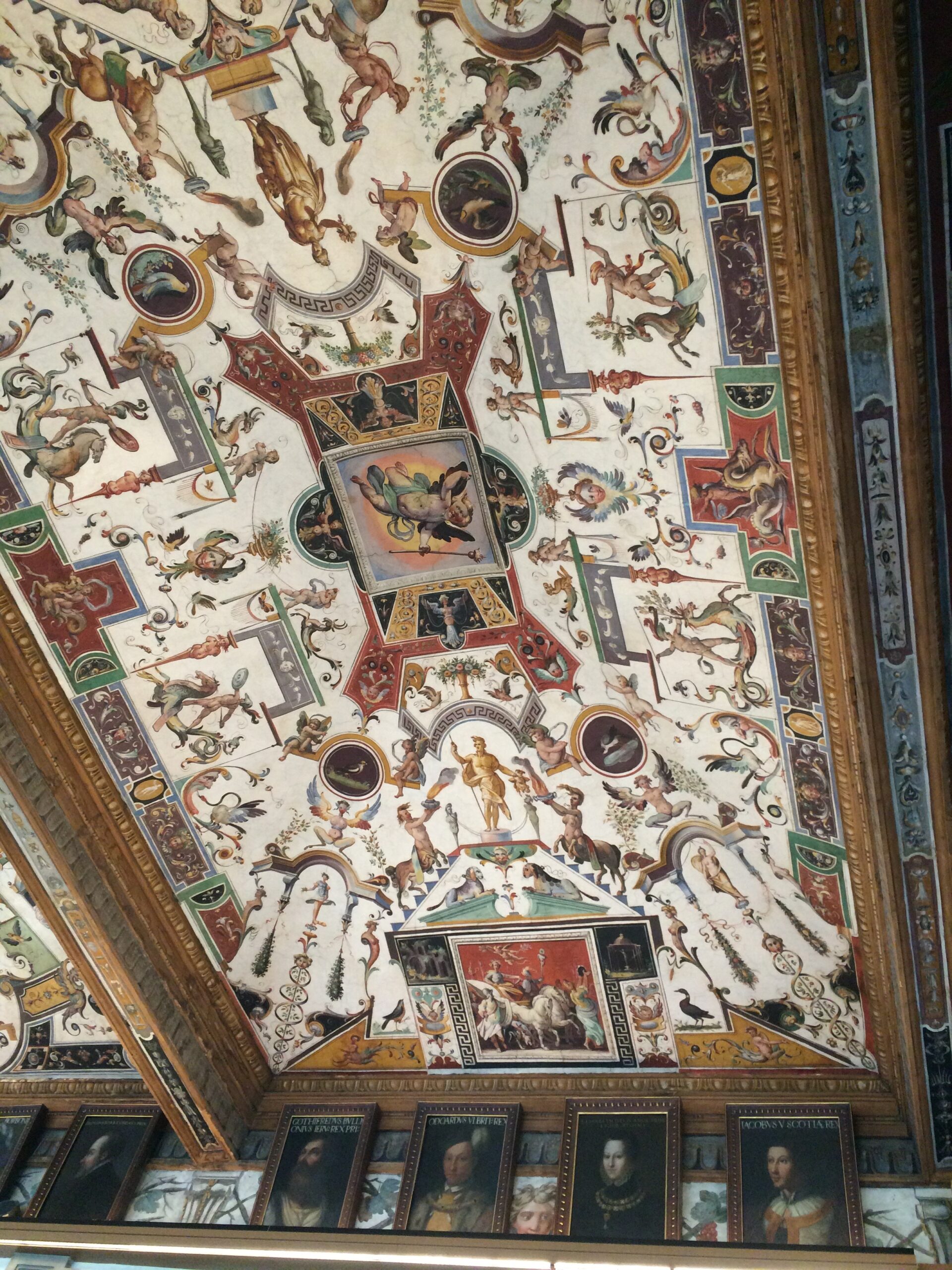
Once again, I was transfixed by the intricacy and bizarre details in these delicate frescoes,which fill 46 bays along the east wing corridor. I was amazed at how few Uffizi visitors look upward; they miss so much.
Each bay holds a tightly designed fresco with inventive animal, floral, and mythological motifs. This “style of ornament” originated in Rome in the late 15th century after artists discovered strange ceiling frescoes in interred rooms in Nero’s palace. They called what they found grotesqueries, assuming the buried rooms were grottoes. Raphael painted grotesqueries on Vatican ceilings, and the style spread across Europe.
The ceilings do not get much mention, even on Google, though we discovered a truly fabulous Google Maps virtual Uffizi tour in which you can explore the ceilings – and the picture galleries. Don’t miss this. I also found the Ornamentalist blog, which has interesting information about the ceilings. (I long for a Rice University Continuing Studies course devoted to these fascinating frescoes.)
While communing with the Uffizi ceilings, I also photographed tourists. And yes, I did eventually enter the galleries, always looking at both the paintings and the folks who stood before them.
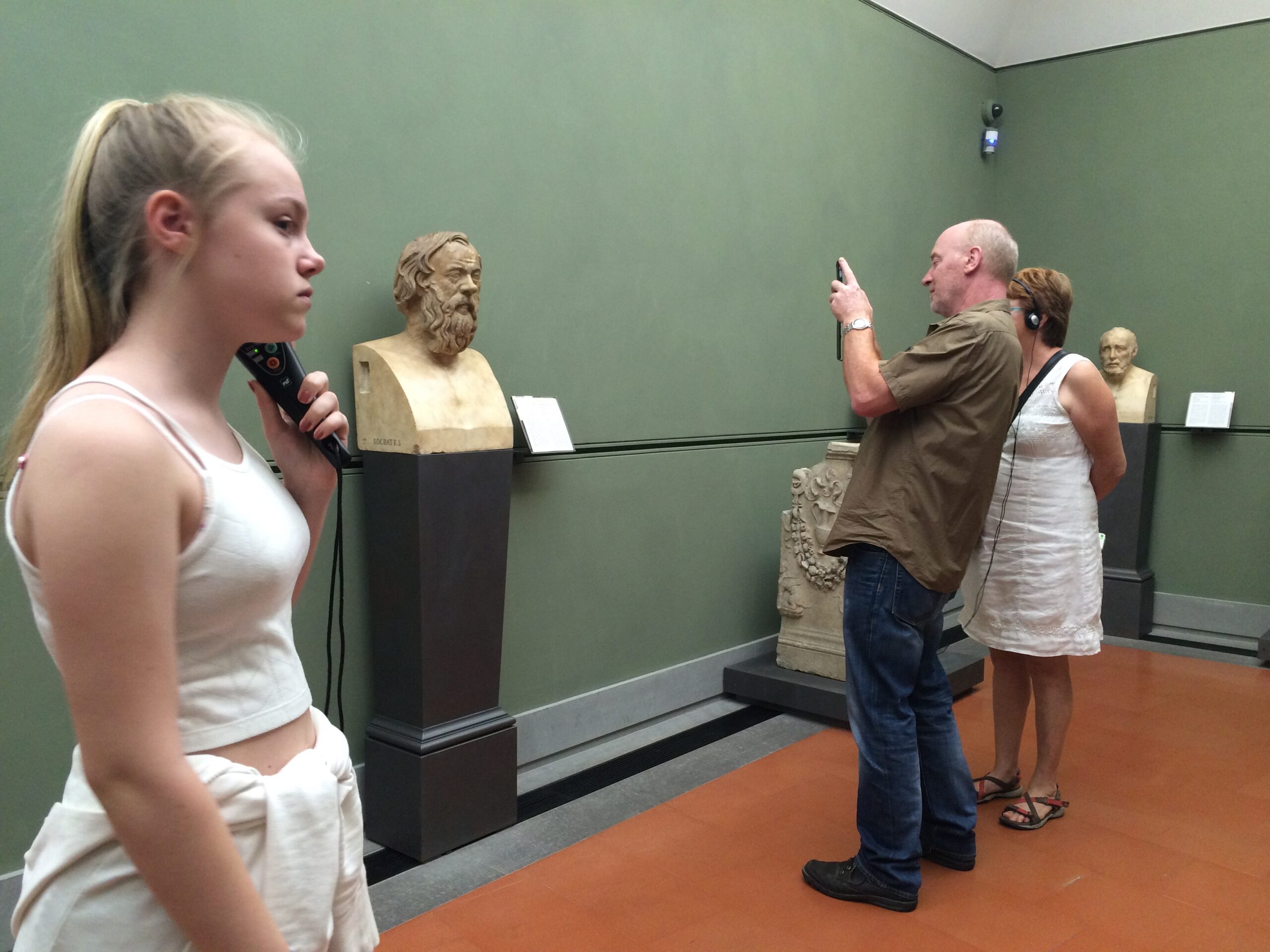
After six days in Florence, I hold that Mary McCarthy and Earl Staley are correct: Florence did indeed invent the Renaissance. In 2016, the city overflows with art and tourists. One comes to see the other.










